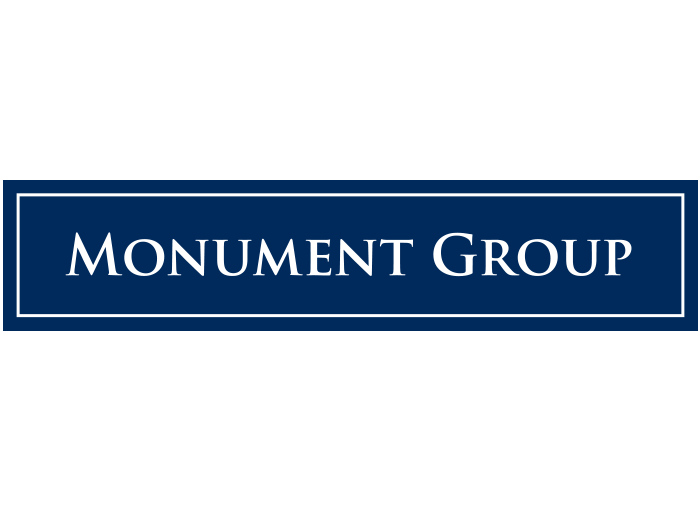Building a strategic roadmap to drive and manage high investor demand
Every investment management team with whom we work at Monument Group seeks a fundraising homerun, as well they should. However, a ‘homerun’ involves far more than large commitments or a rapid final close. First and foremost, we ask managers to work with us to build a strategic roadmap for a successful fundraise with a diversified investor base that leads well into the future.
The unanticipated risk facing many successful teams is that high investor demand can create pressure to take on capital far in excess of their target, which can lead to strategy drift, strain on resources, a decline in performance and potentially compromising the very strengths that made the manager exciting to investors in the first place. For these reasons, a strategic roadmap, one that prepares a team for a high level of long-term success, is everything.
Staying with the baseball analogy, there is often a management team misconception that they need to ‘swing for the fences’, chasing a long roster of investors. In fact, the opposite is true. A targeted approach is much more efficient and that is where the roadmap begins.
Building a target investor list starts by ascertaining the existing investor base and the key prospects for a new fund, looking to ensure that there is investor diversity. In a world of shifting investor mandates and preferences, it is necessary to diversify, often globally, across public and corporate pensions, sovereign wealth funds, endowments, foundations and family offices. Working alongside the management team, we look to define and continuously refine the target list.
An investor’s size matters as well, given that an overabundance of large commitment investors may not make sense for a lower mid-market fund, and vice versa as a larger investor may want to grow their future commitments beyond the natural capacity of the manager. Both management team and investor alike should be careful to avoid any single stakeholder assuming too large a percentage of the fund.
Once all of the pieces are in place – performance record, team, solid operational infrastructure, thorough due diligence materials and a diversified target investor list – pre-marketing and, eventually the entire rollout can take place. While it may seem arduous to lay out this amount of groundwork, these efforts allow us to gauge the market, and hopefully, catalyze the entire fundraising process and time the first close.
If well executed, strong demand can approach or reach oversubscription. While it sounds like a problem that most managers would love to have, it is often a game for which most teams have no game plan.
While a welcome challenge, an overabundance of investor interest bears the risk of injuring relationships with investors that will inevitably be left on the sidelines. Strong investor relations and communications are critical. Plan to be overly communicative and transparent throughout the entire process, flagging progress to investors, to avoid blindsiding them should they lose the opportunity to invest. Planning will be critical as sidelined investors could be early prospects for the next fund.
As the team’s capacity grows, it will want to carefully consider the ideal size of the next fund and determine the percentage that will be carved out for new investors. This is a delicate balancing act as existing investors may look to increase their commitments, making it even harder to accommodate select new investors.
Understand that every management team will have its own unique mix of size, investors and demand, so there is no single strategic framework that will fit all funds. Drawing an effective roadmap will need to account for the entire process from inception to pre-marketing through the aftermath of closing, knowing that closing is merely a warm up for the next fundraise.
